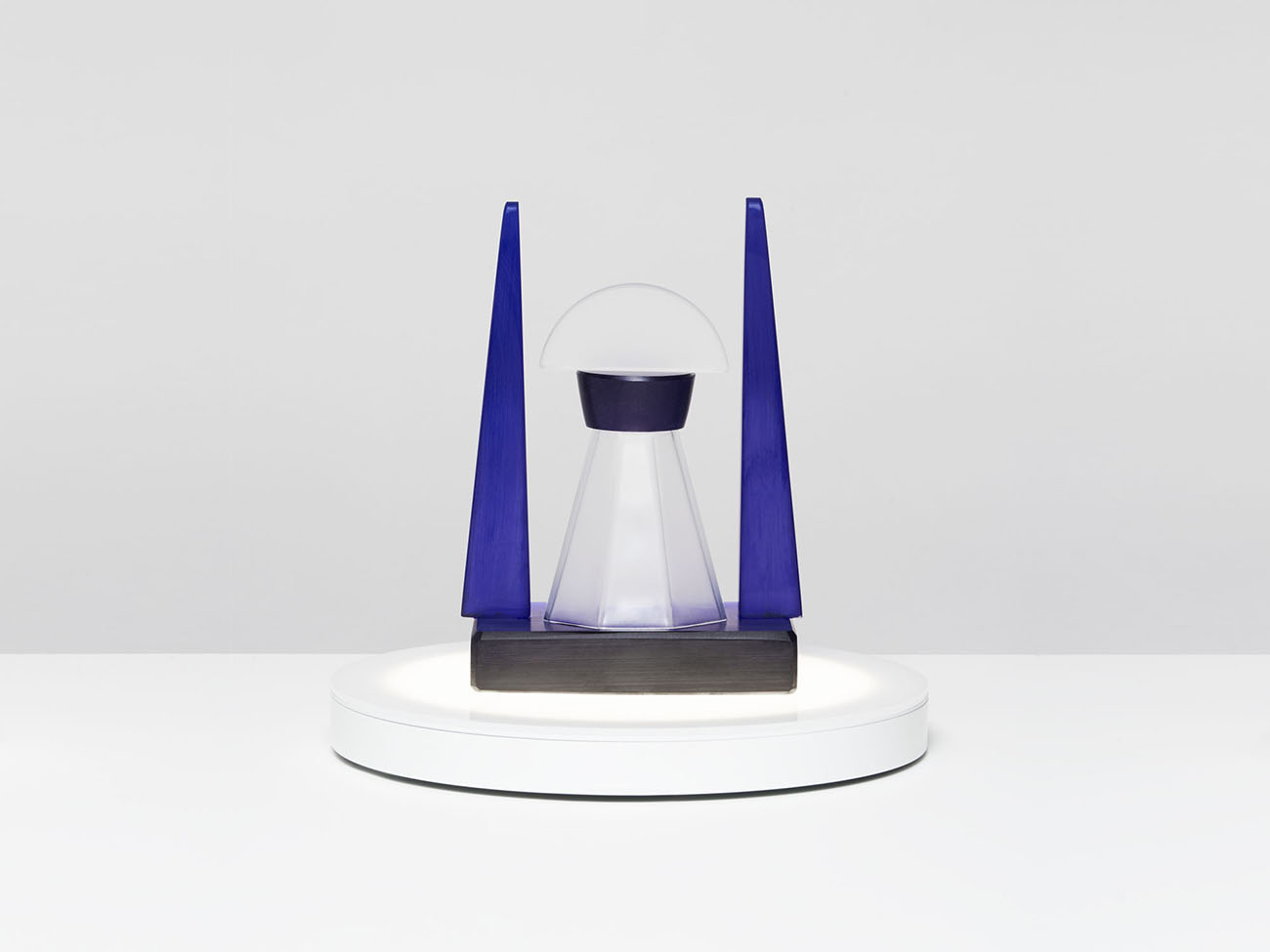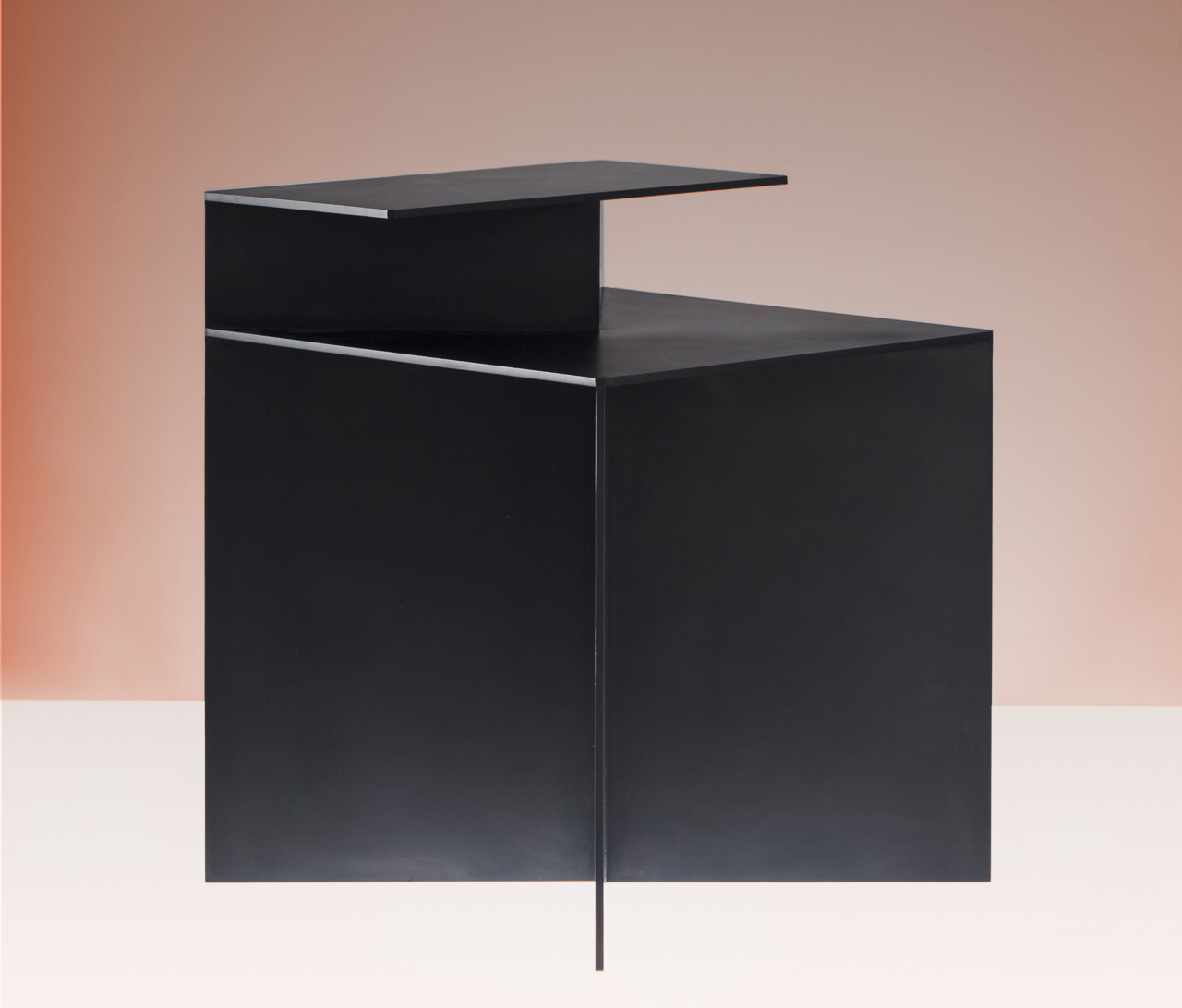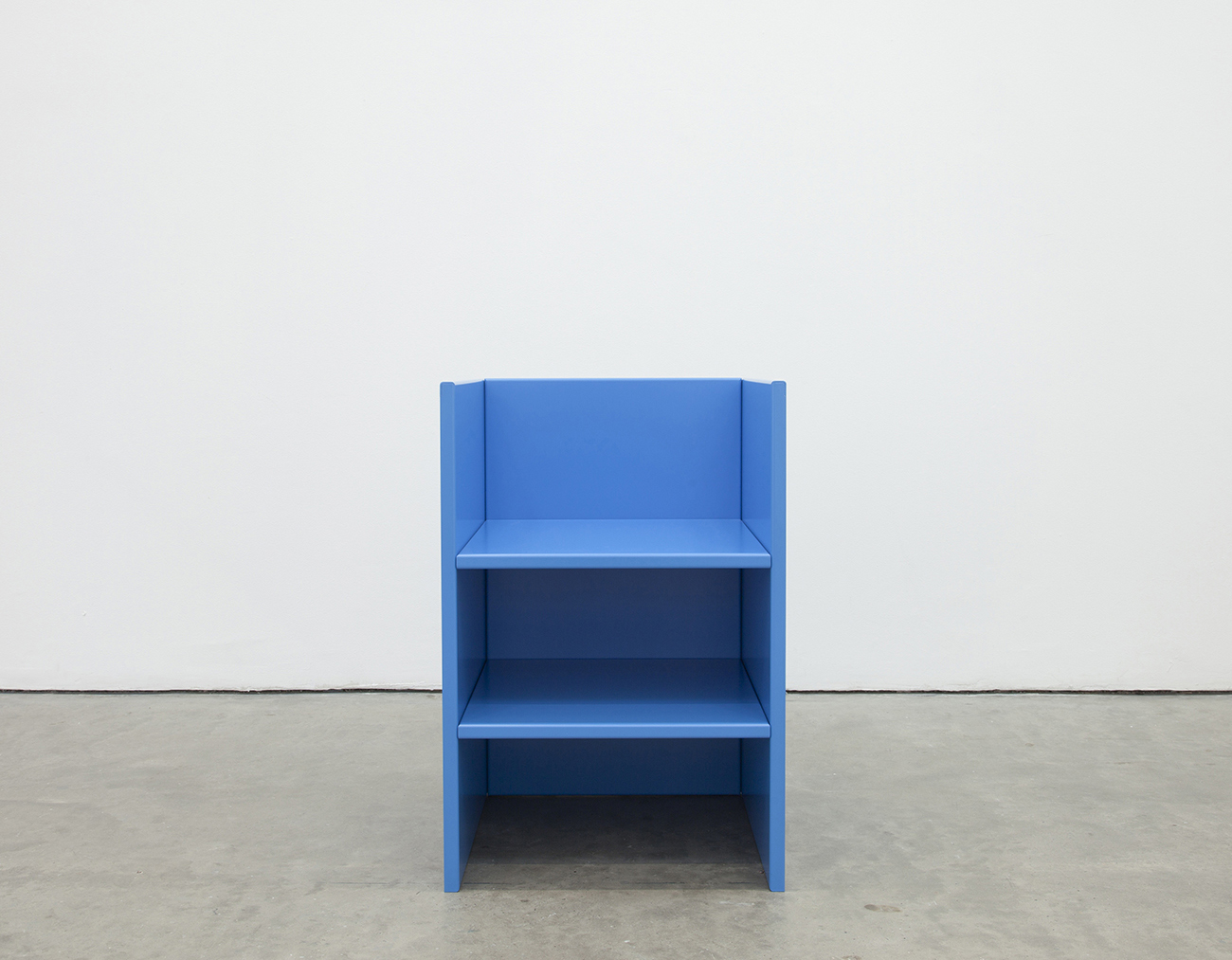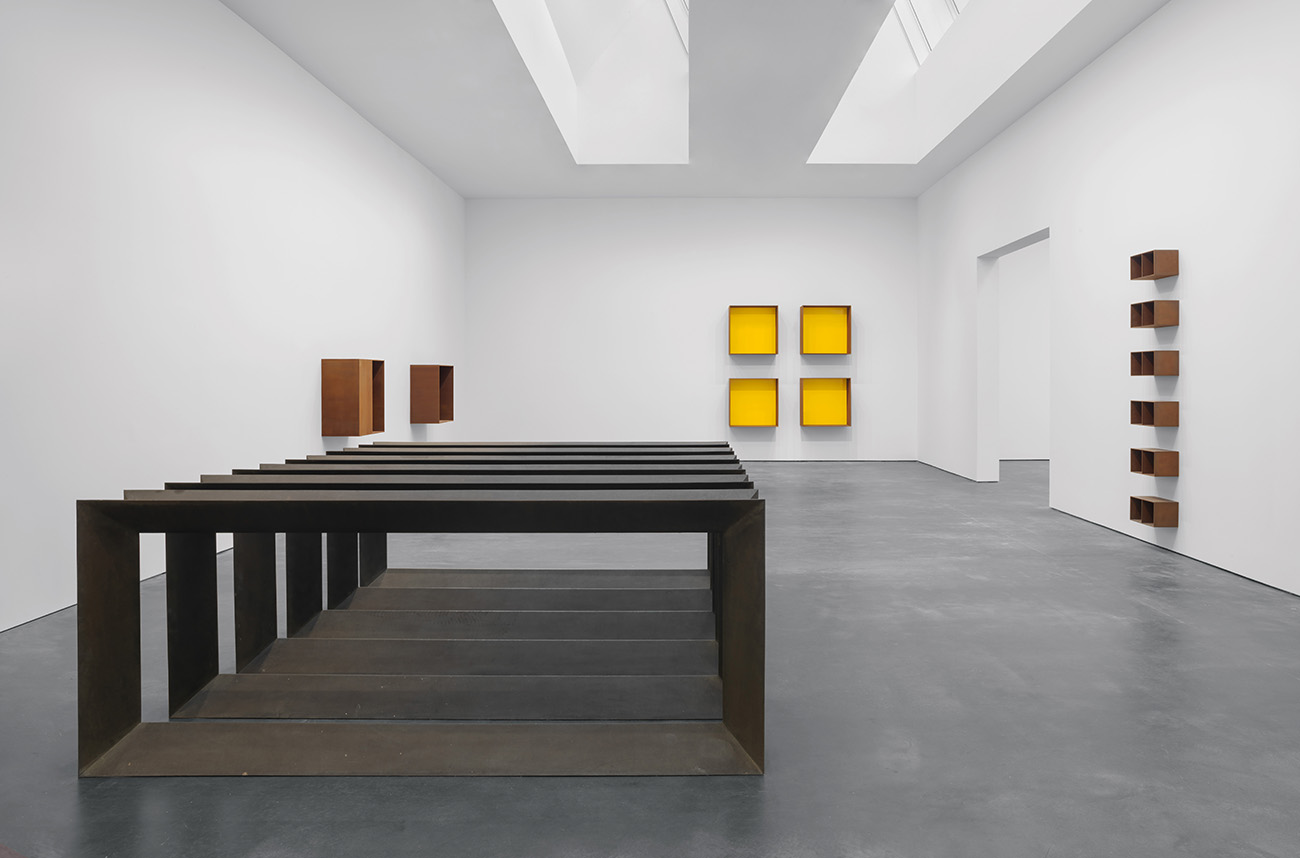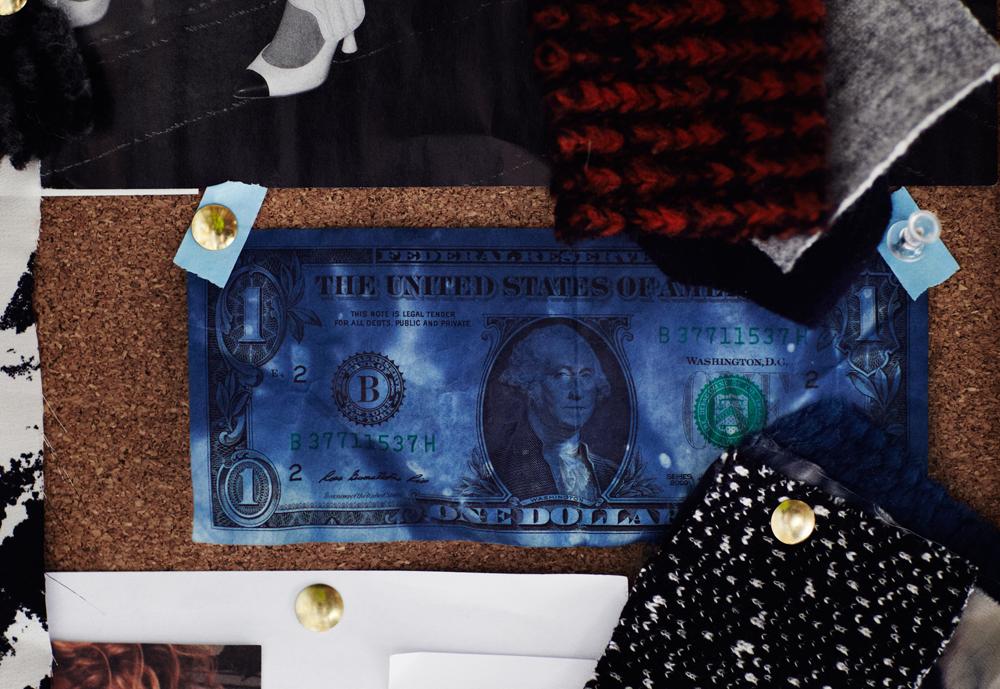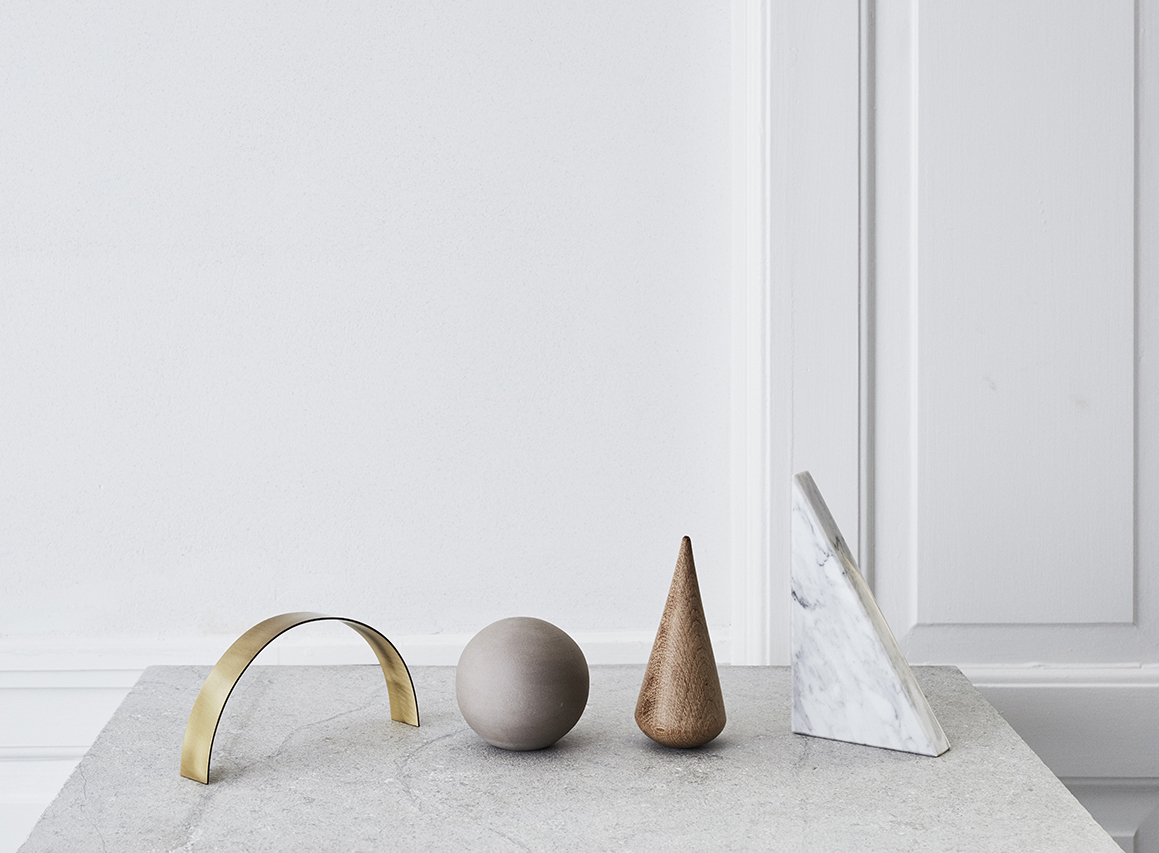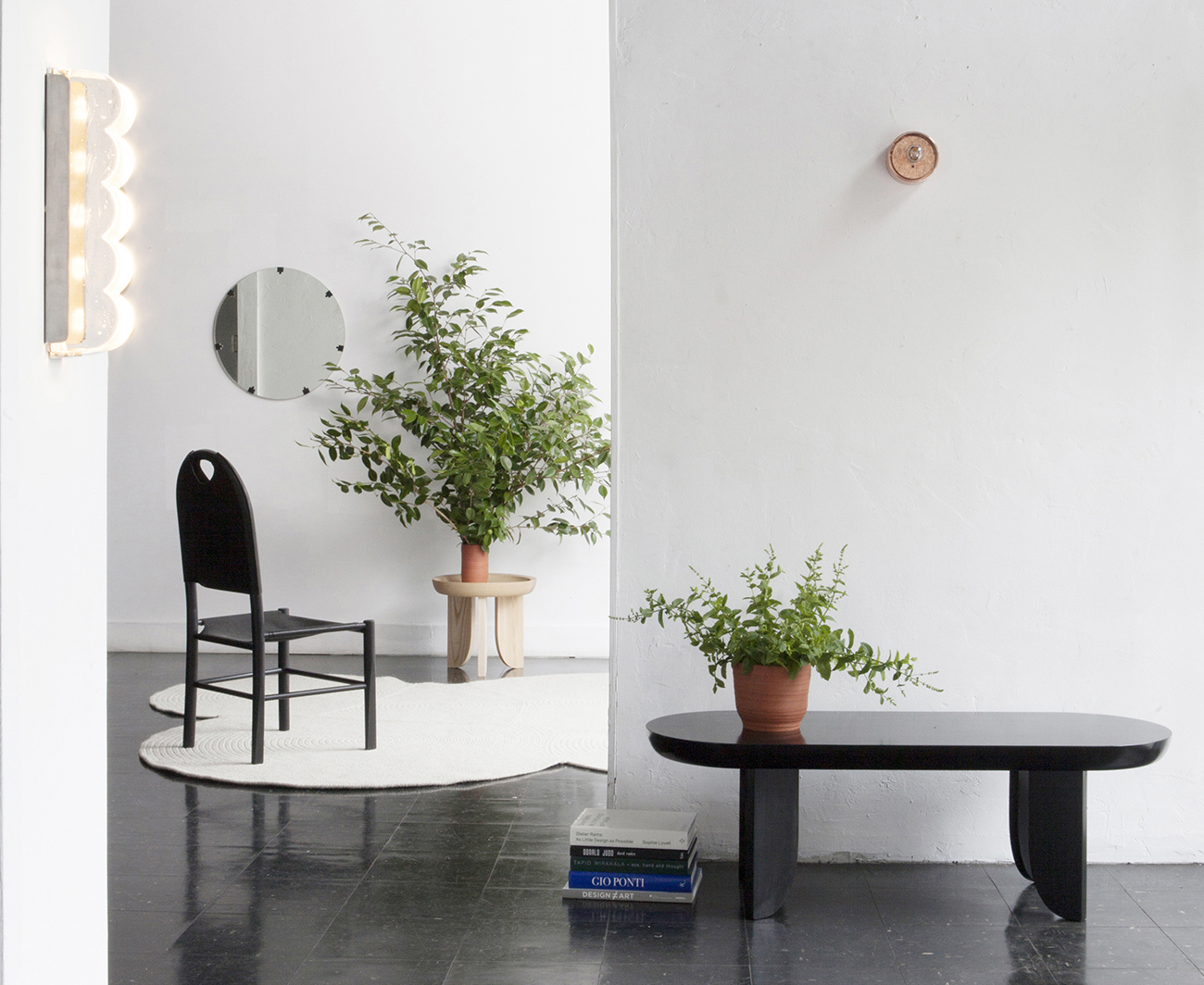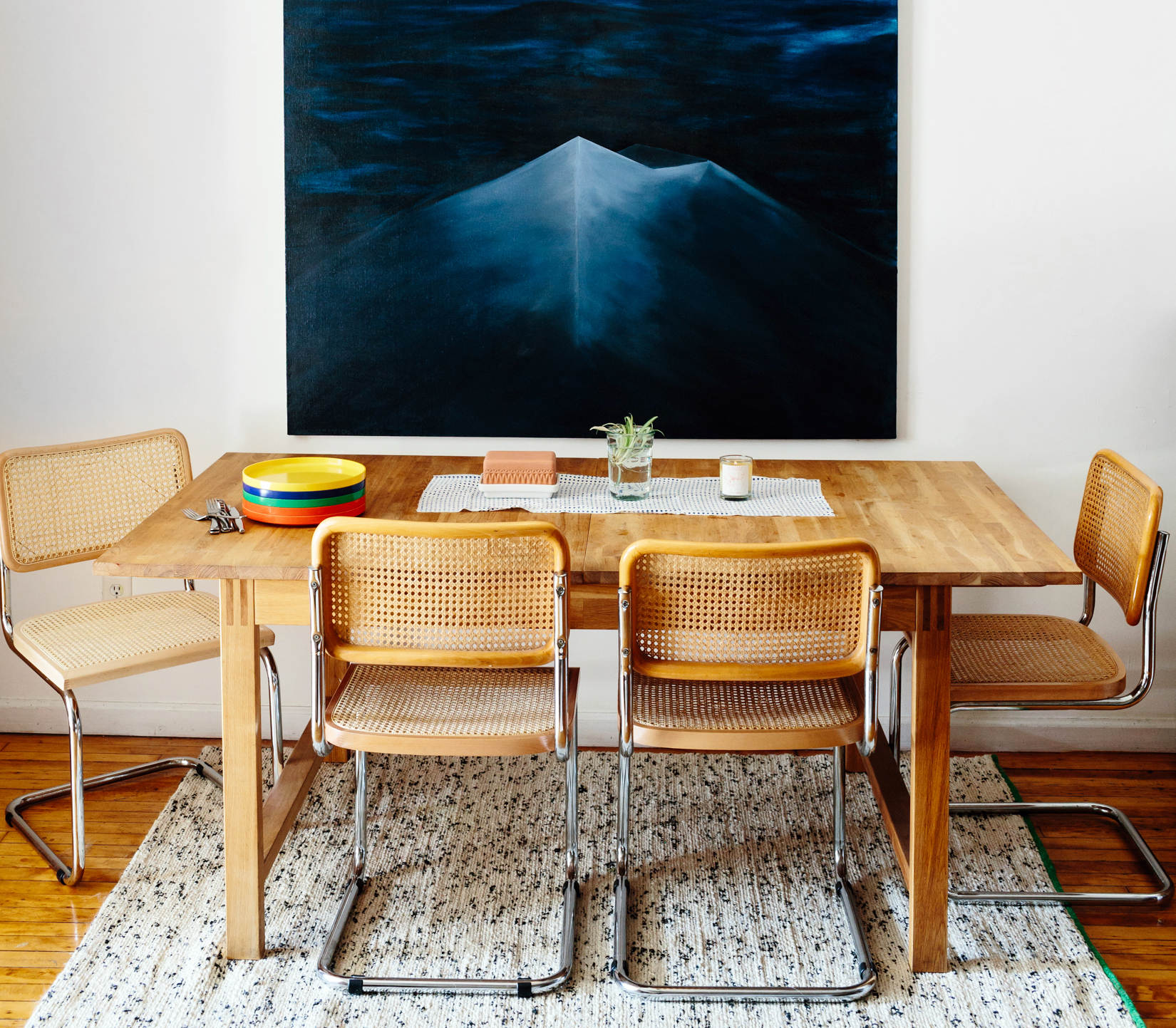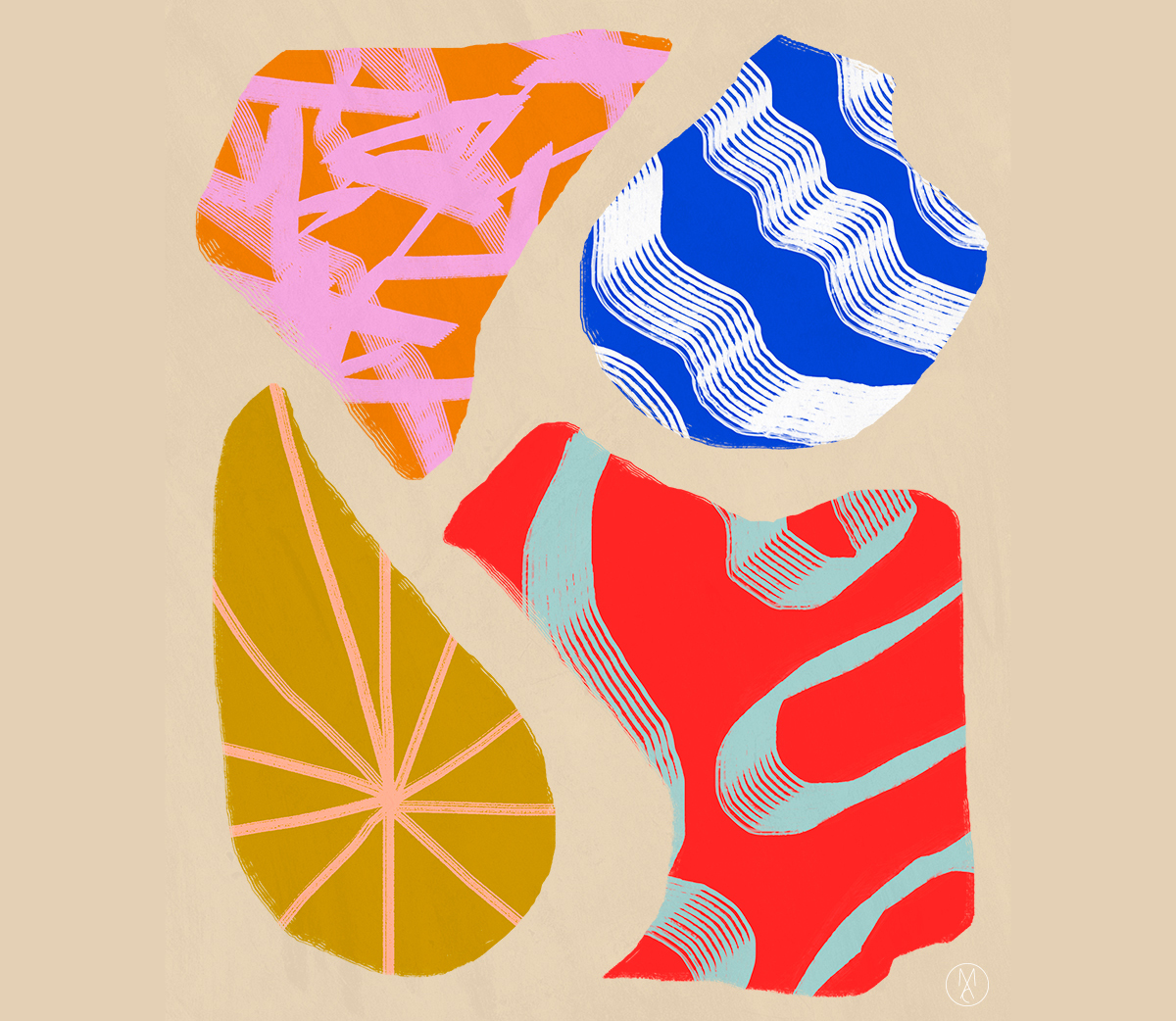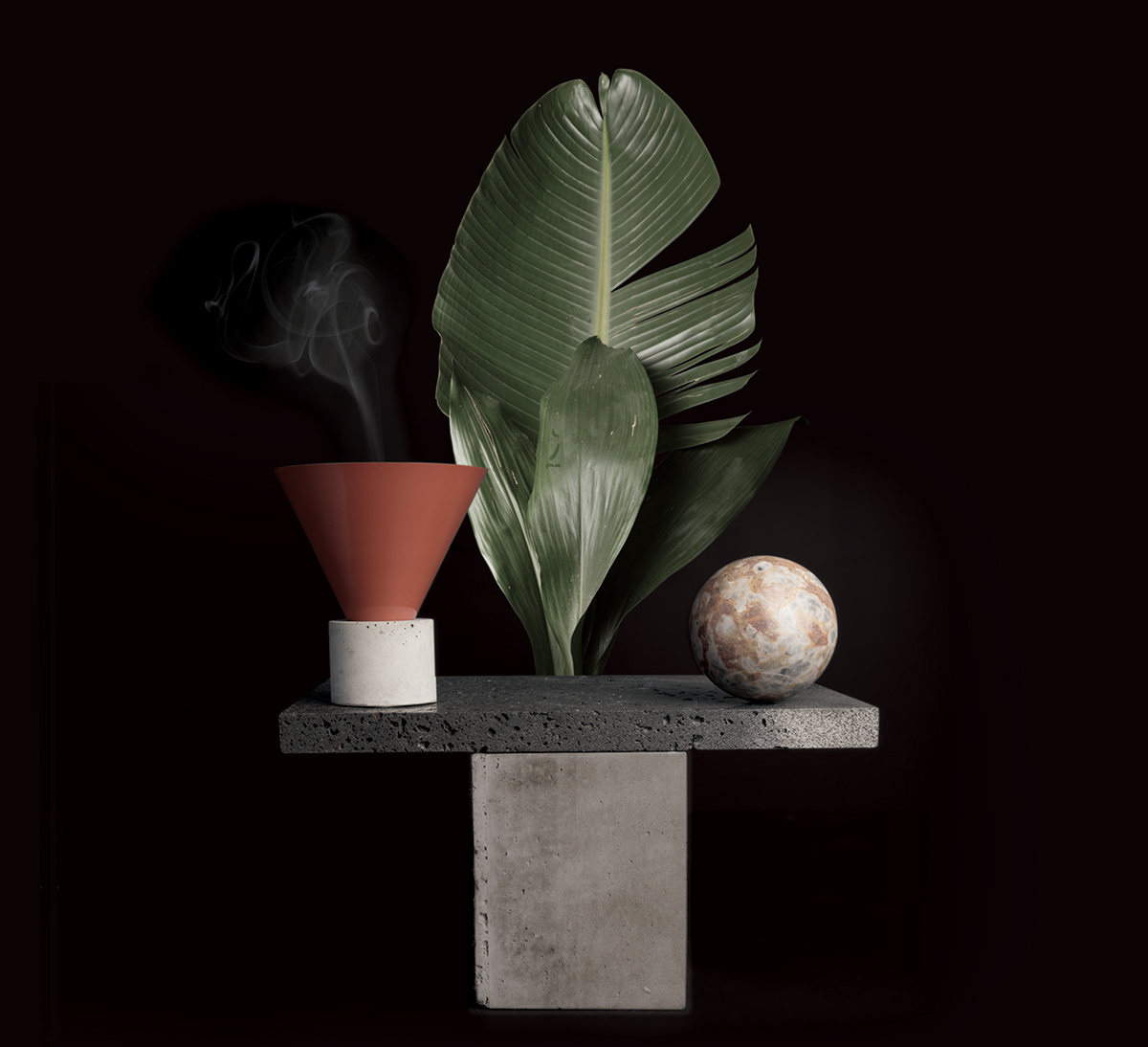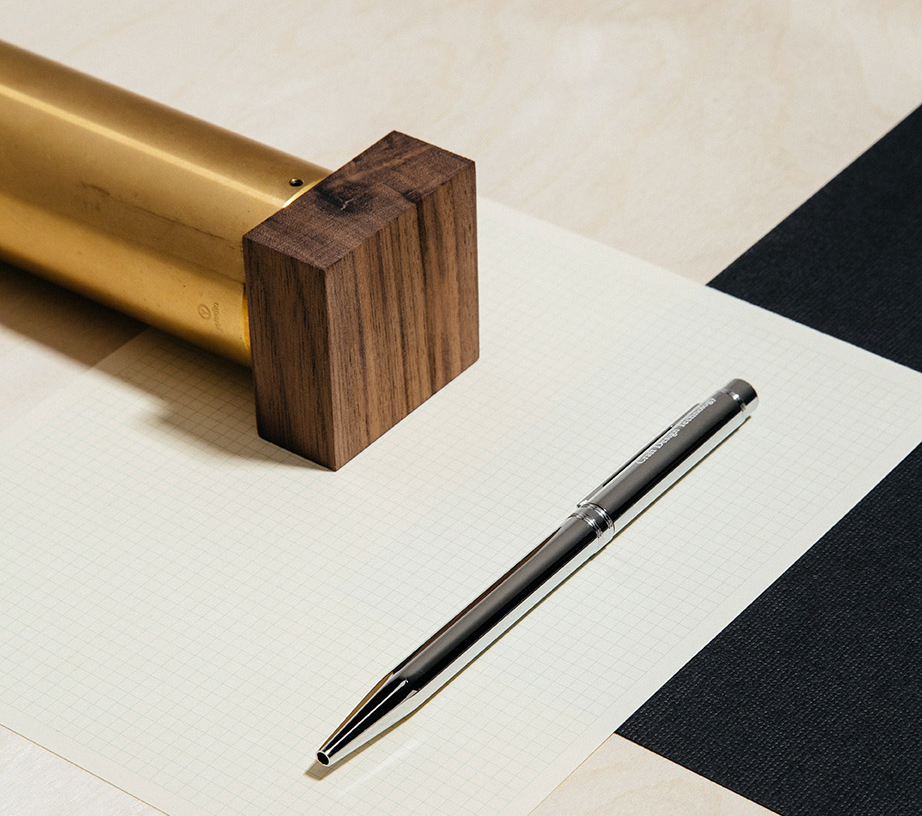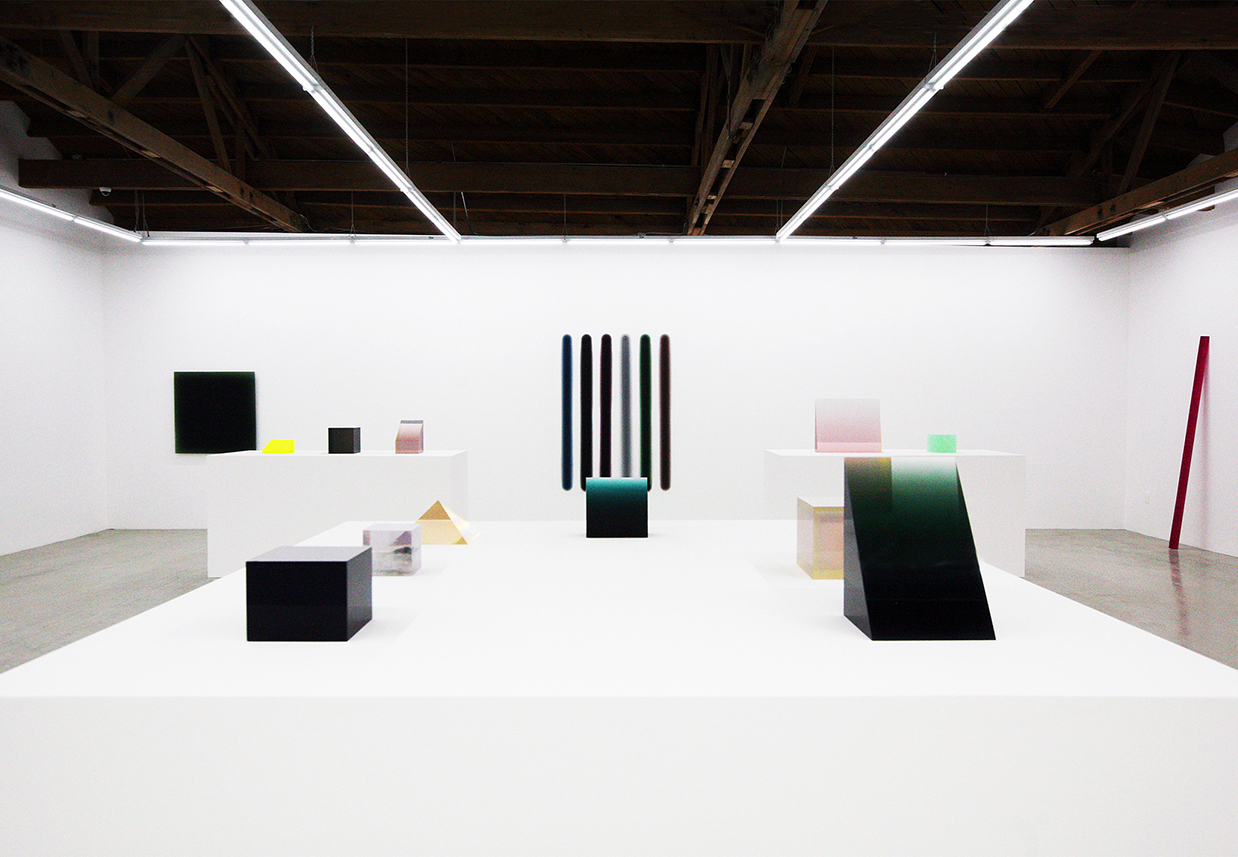
08.26.16
Excerpt: Exhibition
Shiny Cubes and Popsicle Sticks in a California Light & Space Artist’s Retrospective
It’s a sweltering hot day in downtown Los Angeles when I visit California Light and Space artist Peter Alexander’s career retrospective at Parrasch Heijnen Gallery, but I feel immediately refreshed upon entering. It isn’t just the effect of the A/C, but also of Alexander’s geometric polyurethane sculptures, their glistening surfaces at once enticingly reflective and mysteriously opaque.
